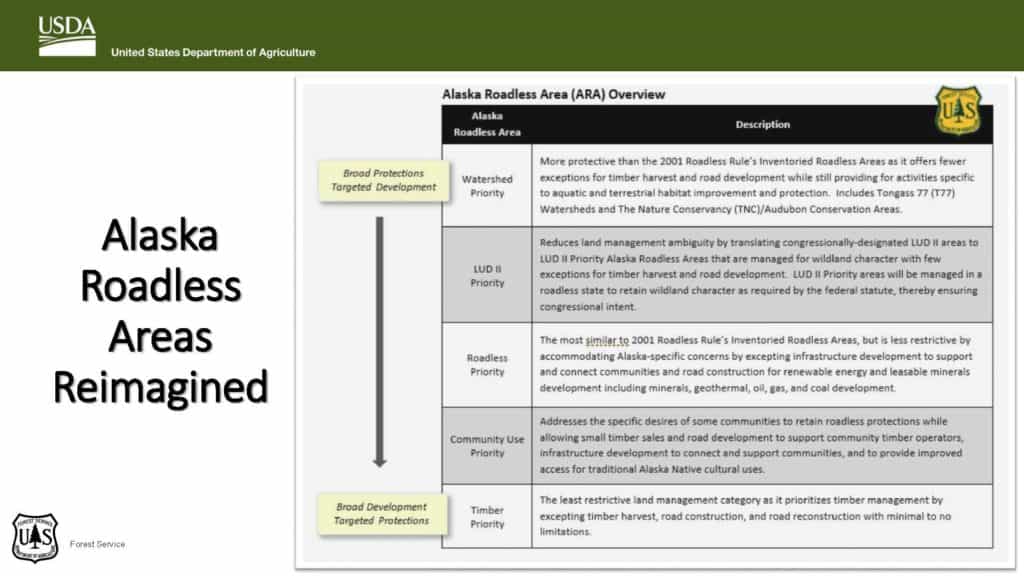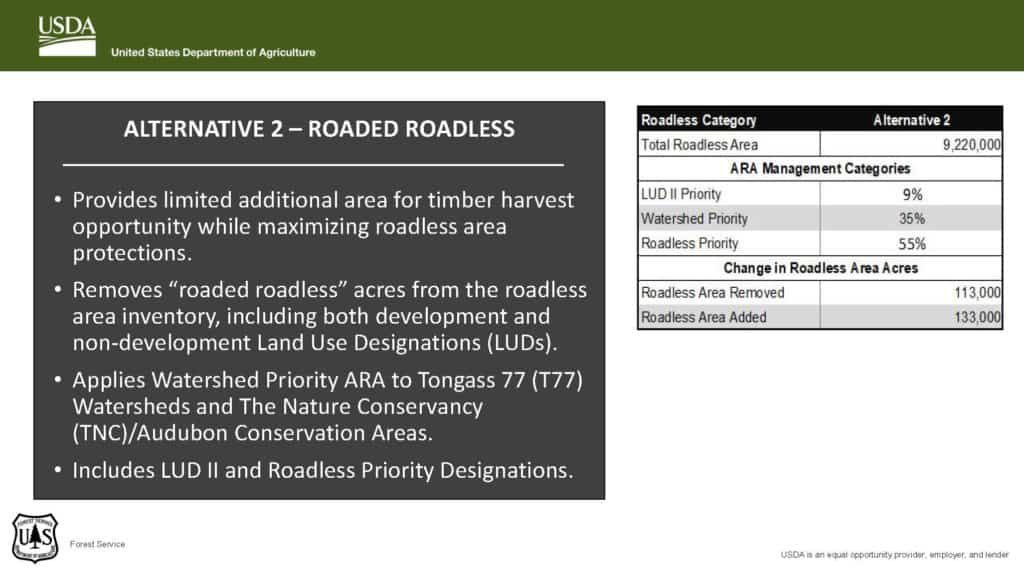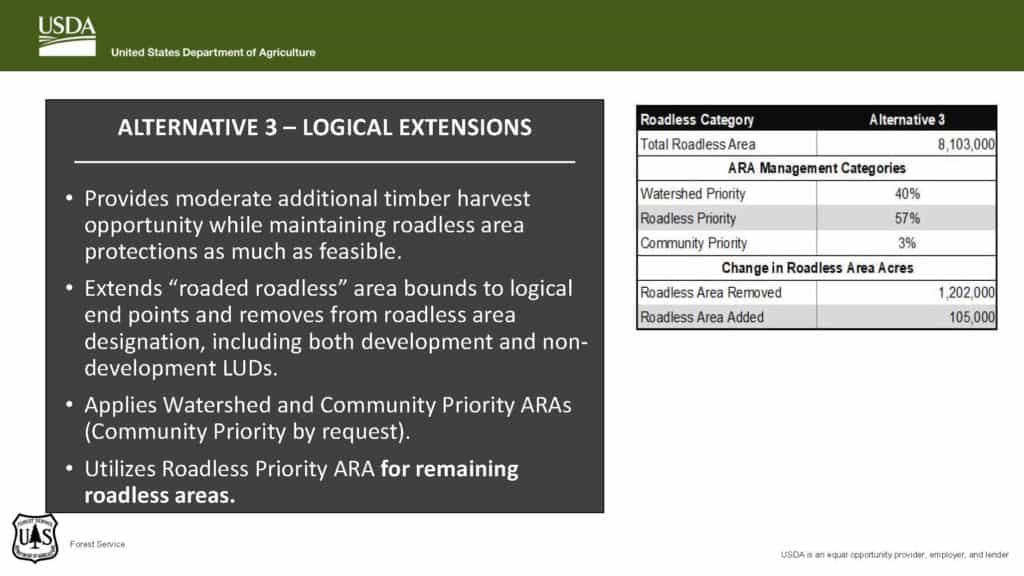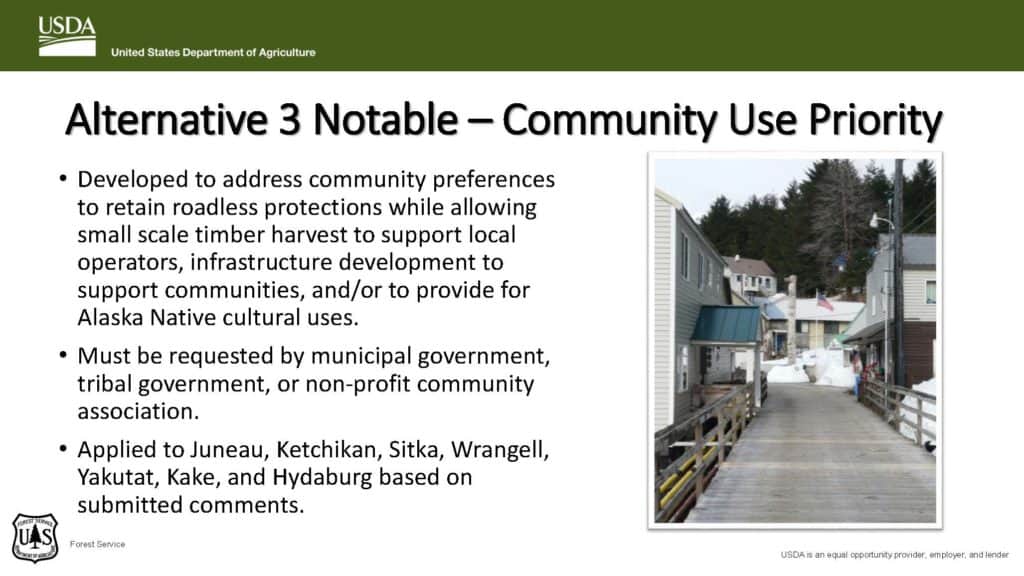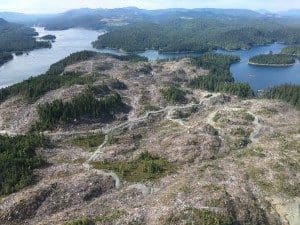Now, I’m not a lawyer, but I have sat in many meetings with OGC folks about cancelling existing oil and gas leases. So I was surprised by this :
Here’s the NPR story.
“They just yanked those leases,” Sullivan said. “But now we’re going to get ready for the next lease sale. Give me a break. Who the hell in their right mind would invest money in a lease sale when they just watched the first lease sale get yanked?”
The administration is required to hold at least one more lease sale in ANWR. Senior administration officials said they “intend to comply with the law” in regards to that mandate which requires another lease sale by December 2024.
The original sale, held during the last weeks of the Trump Administration, drew unexpectedly little industry interest. Major oil companies did not participate, and the state of Alaska was the largest bidder.
Sen. Lisa Murkowski told reporters on the Hill she wants to put pressure on Biden to reverse his decision but cautioned that it’s “incredible to think that people are going to trust this administration on anything related to oil in Alaska.”
Haaland said the environmental reviews done under the Trump administration to allow the lease sales were “fundamentally flawed and based on a number of fundamental legal deficiencies.”
According to a Biden White House release, this includes failure to adequately analyze a reasonable range of alternatives and properly quantify downstream greenhouse gas emissions, as well as failure to properly interpret the 2017 tax law.
The administration said Wednesday’s announcement “does not impact valid existing rights” from developing leases.
****************
So it sounds like, based on this, Admin’s can simply state that the previous analysis was wrong and revoke decisions? Folks can always find flaws in any analysis.. one would think that since our usual suspect ENGOs did not litigate this project that they didn’t see those fundamental flaws quite so.. clearly. And yet, we can suspect they didn’t want these leases, because at least some are supporting this decision.
I don’t particularly like the idea of possibly endlessly recursive NEPA.. suppose the Admin were to find “fundamental flaws” in the last ten years of Forest Plan EIS’s.
It will also be interesting to see how this is portrayed politically; looks like at least one Alaskan D is not on board.
“I am deeply frustrated by the reversal of these leases in ANWR,” said Democratic Alaska Rep. Mary Peltola. “I will continue to advocate for them and for Alaska’s ability to explore and develop our natural resources, from the critical minerals we need for our clean energy transition to the domestic oil and gas we need to get us there.”
According to AIDEA, the non-wilderness section of the ANWR where its leases are located contains approximately 7.6 billion barrels of recoverable oil and 7 trillion cubic feet of natural gas. The agency said a large share of economic development and jobs supported across Alaska’s indigenous and rural North Slope communities are related to oil and gas development.
Deb Haaland claims that this commitment recognizes Indigenous Knowledge, but doesn’t acknowledge that different Indigenous groups disagree about the project. I guess that some Indigenous folks’ views count more than others.
“With climate change warming the Arctic more than twice as fast as the rest of the planet, we must do everything within our control to meet the highest standards of care to protect this fragile ecosystem,” Haaland said in a statement. “President Biden is delivering on the most ambitious climate and conservation agenda in history.”
“The steps we are taking today further that commitment, based on the best available science and in recognition of the Indigenous Knowledge of the original stewards of this area, to safeguard our public lands for future generations,” she continued.
************
Coincidentally, journalist Matty Iglesias on his Substack this morning made the claim that:
The current Biden policy is to support domestic oil production for economic and geopolitical reasons, even while investing in long-term decarbonization via technological progress. The old Schumer policy was to try to take advantage of the pandemic to crush the domestic oil and gas industry.
I think we can safely say we are entering pre-election silly season.

